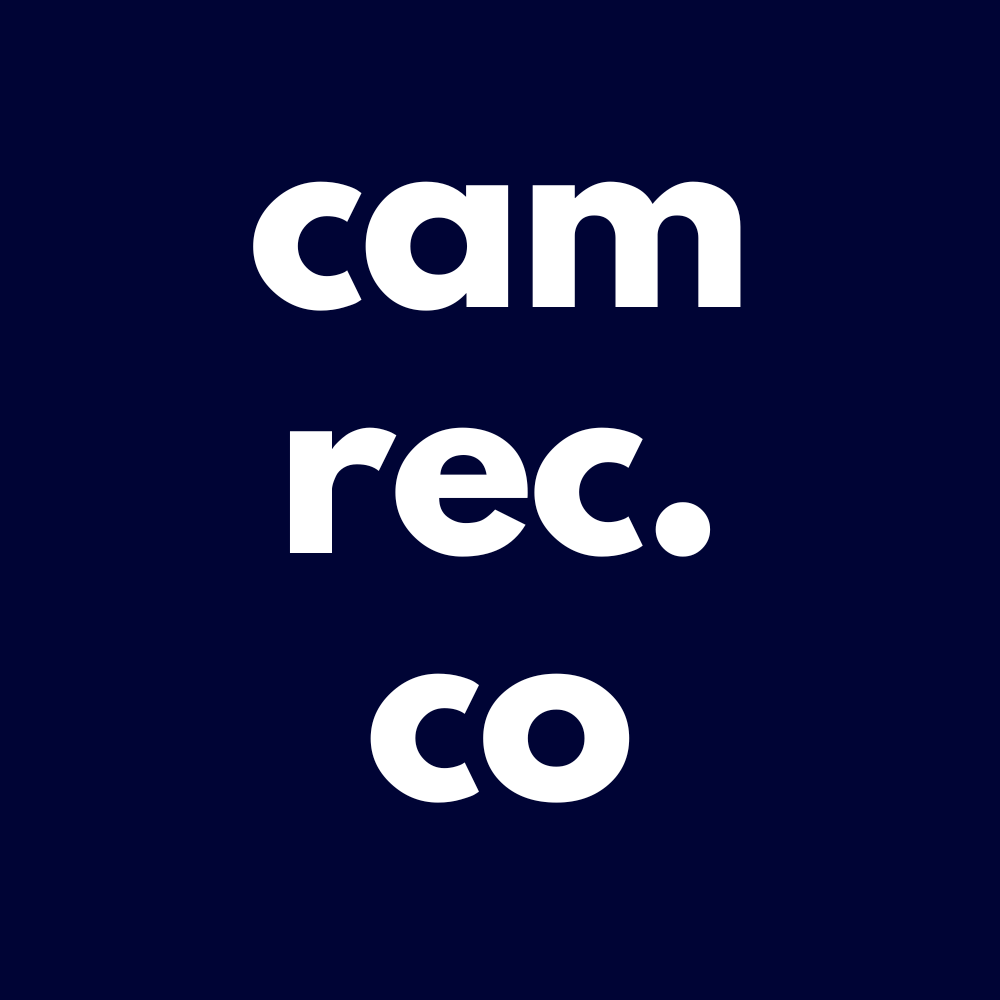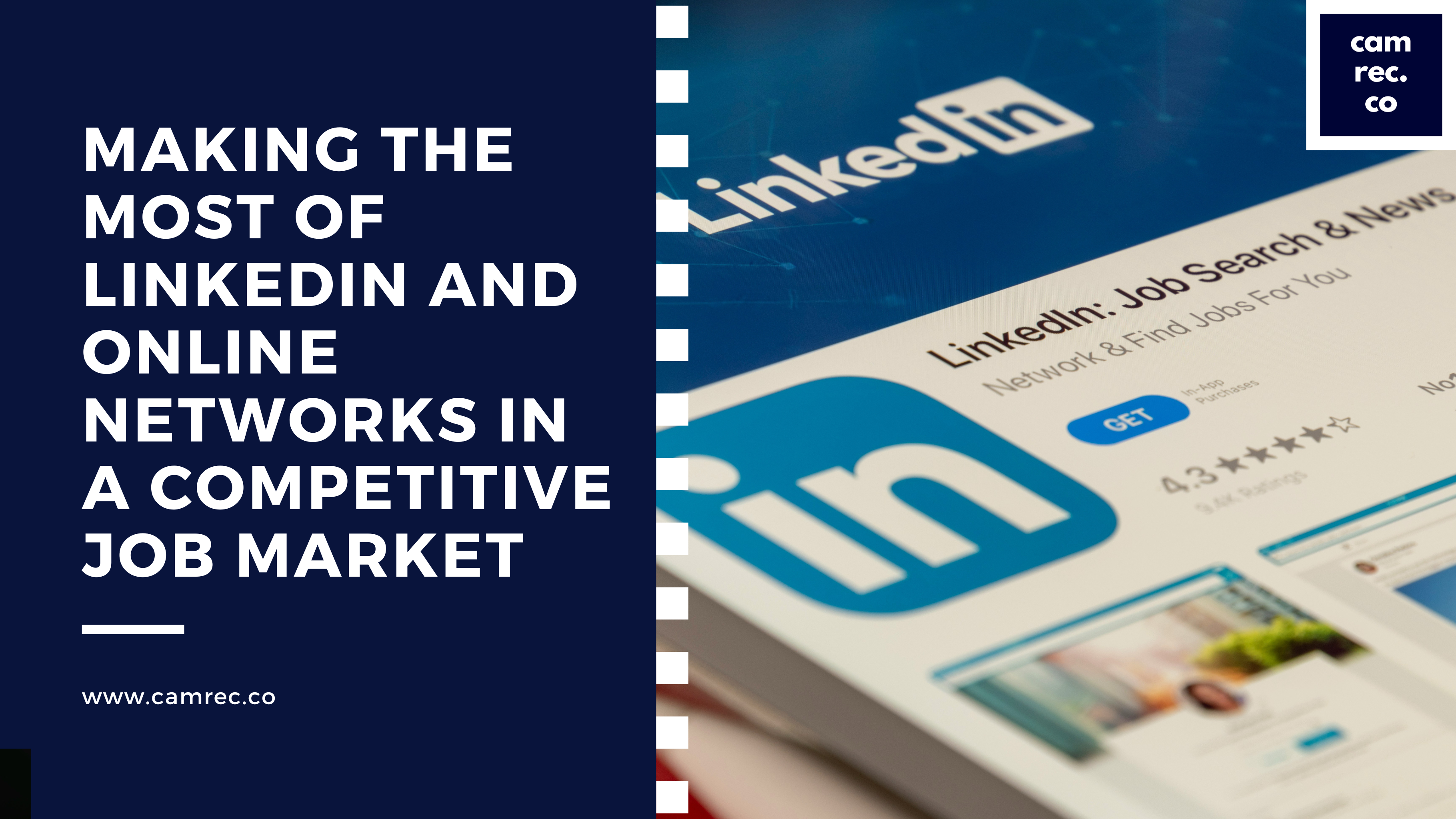Making the Most of LinkedIn and Online Networks in a Competitive Job Market
When job opportunities are limited and competition is high, how you use LinkedIn and other online platforms can make a real difference. Your online presence is often the first impression you make—so it’s worth investing some time to get it right.
Let’s explore some practical ways to strengthen your profile, grow your network, and improve your chances of finding the right role.
Strengthen Your LinkedIn Profile
Your LinkedIn headline is one of the first things people see. Aim for a clear, confident line that reflects your professional identity—think job title, industry, or key skills. Your summary should be short, focused, and personal. Say who you are, what you do, and what you’re looking for. Keep it authentic and avoid jargon.
Choose a profile photo that looks professional and approachable. A clean background and good lighting go a long way. For your banner image, consider something relevant to your industry or personal brand—it adds an extra layer of polish.
When listing your experience, focus on what you’ve achieved rather than just what you were responsible for. Use real examples, and if possible, include numbers or outcomes to show your impact. Don’t forget to list your key skills and ask trusted colleagues for endorsements.
Grow Your Network and Stay Active
Building a strong network is more than just clicking “connect.” Whenever possible, add a short message to your request—something as simple as, “Hi [Name], I noticed we work in similar areas and thought it would be great to connect,” can make a positive impression.
Take the time to join LinkedIn groups that align with your profession or interests. These can be great spaces to stay updated on trends, ask questions, and connect with others in your field. Participating in conversations helps keep your profile active and visible.
Engagement matters. Liking, commenting, and sharing posts can help you stay visible and relevant. You don’t have to post every day, but when you do, try sharing useful insights, articles, or personal reflections on your professional journey. This positions you as someone active and engaged in your field.
Use LinkedIn’s Features to Your Advantage
LinkedIn’s job search tools are easy to overlook but highly effective. Set up job alerts to hear about new opportunities as they’re posted. Use filters to focus on roles that fit your experience, salary expectations, and preferred location.
LinkedIn Learning offers thousands of short courses covering everything from technical skills to leadership development. Completing relevant courses and displaying them on your profile shows you’re proactive and committed to growth.
Recommendations can also add credibility to your profile. Ask past managers, colleagues, or clients to write a short testimonial about your work. Offering to do the same for them often encourages a positive response.
Build Relationships with Recruiters and Employers
If you’re job hunting, don’t hesitate to connect with recruiters in your field. Send a short, friendly message introducing yourself and outlining what sort of roles you’re looking for. If you’ve applied for a job and haven’t heard back, a polite follow-up message can show genuine interest without being pushy.
Make sure your profile reflects the job you’re aiming for. Tailor your experience and summary to the type of role you’re applying for. If you use the “Easy Apply” feature, double-check that your CV and profile are up to date and relevant to the position.
Sharing examples of your work can also help you stand out. Case studies, short project write-ups, or even reflections on what you learned from a recent challenge can be valuable content. If you’re comfortable, join webinars or LinkedIn Live sessions and contribute in the chat—another way to be seen and heard.
Look Beyond LinkedIn
While LinkedIn is powerful, it’s not the only option. Twitter, professional forums, and industry-specific communities can also help you build connections and hear about roles. Keep your tone professional and consistent across platforms.
If you have the time, consider creating a personal website or blog. Even a simple one-page site with your CV, a short bio, and links to your work can give recruiters a fuller picture of who you are. Link it back to your LinkedIn profile for a joined-up online presence.
Final Thought
Staying active online doesn’t mean shouting about yourself every day. It’s about showing up, sharing your perspective, and connecting with people who could help move your career forward. Keep your profiles fresh, stay engaged, and make your digital presence work for you.
Thank you for visiting our Cambridge Recruitment blog!
Join us on LinkedIn
Follow us on Instagram
More about The HR Guys

